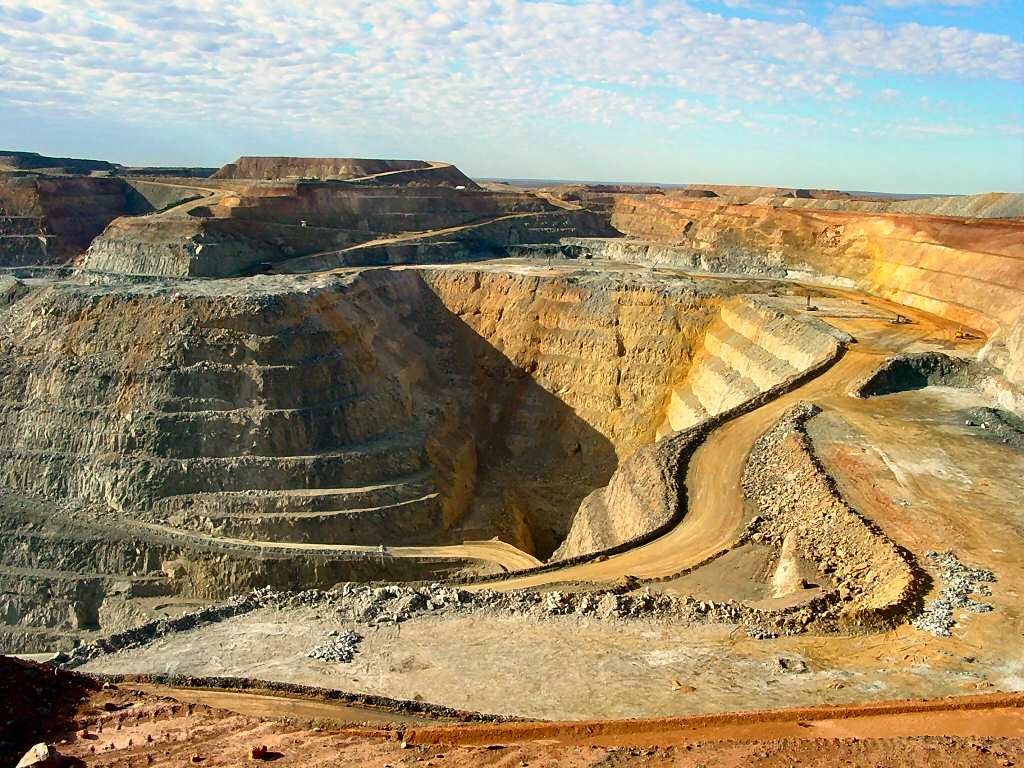The 21st century promised a globalized economy with frictionless trade, integrated capital markets, and shared prosperity. But by 2025, that dream feels increasingly fragile. East-West economic tensions have reached their most complex phase in decades, and at the heart of this struggle lies an urgent question: As the East-West power struggle reshapes trade and finance, can World Bank policies prevent global fragmentation? Can multilateral institutions like the World Bank maintain global stability—or are we heading for an era of economic fragmentation?
The fault lines are clear. On one side, the West—anchored by the U.S., EU, and G7—champions liberalized trade and dollar dominance, underpinned by Bretton Woods institutions. On the other, emerging powers, led by China, India, and the BRICS bloc, seek to rewrite the rules, favoring multipolar finance, new trade corridors, and resource-backed currencies.
The consequences ripple far beyond boardrooms and policy think tanks. Supply chains are fracturing into regional blocs, global debt levels are at record highs (over $307 trillion as of Q4 2024, according to the Institute of International Finance), and climate-driven disruptions complicate capital allocation for sustainable development.
In this blog, we take a 4,000-word deep dive into:
- The roots and evolution of the East-West economic tug of war
- The World Bank’s evolving mandate in a multipolar world
- How currency wars, debt crises, and infrastructure finance amplify risks
- The strategic procurement lens: Why supply chains are central to stability
- Insights from Mattias Knutsson, a global procurement strategist, on how businesses should adapt
By the end, you’ll see why the next decade may define whether cooperation prevails—or global economics fractures into irreconcilable camps.
The East-West Divide: More Than Economics
East-West rivalry isn’t new. The Cold War was its ideological phase; today, it’s economic and technological. The Western economic order, built on dollar supremacy, SWIFT payment systems, and rules set by the IMF and World Bank, faces pushback as emerging economies seek financial sovereignty.
The BRICS Counterweight
In 2024, BRICS expanded to include Saudi Arabia, UAE, and Egypt, controlling over 40% of global oil output. Their agenda:
- Promote local currency trade (China-Russia settlements in yuan surged 54% in 2024)
- Advance the BRICS Development Bank as an alternative to Western-led lenders
- Launch a common settlement currency backed by commodities
This isn’t theoretical. India-UAE oil deals in rupees, China-Brazil yuan transactions, and Russia’s pivot to digital ruble corridors signal the decline of dollar exclusivity.
The World Bank Policies Dilemma in a Fragmented Financial Order
Created in 1944 to rebuild war-torn economies, the World Bank’s core mission—poverty reduction and infrastructure finance—faces unprecedented stress:
- Global South debt crisis: Over 60% of low-income countries are at high risk of debt distress, as per World Bank data (2025).
- Climate finance gap: Developing nations need $1 trillion annually for green transition, but multilateral climate finance commitments fall short by $600 billion.
- Infrastructure race: Competing initiatives like China’s Belt and Road vs. G7’s Partnership for Global Infrastructure split development priorities.
World Bank President Ajay Banga warned in 2025 that “development lending cannot become a geopolitical weapon”, yet its capital deployment patterns often align with Western strategic objectives—fuelling perceptions of bias in the Global South.
Debt, Dollar Dominance, and the Currency Wars
Dollar Weaponization and Its Fallout
Western sanctions on Russia post-2022 exposed a vulnerability: the dollar as a geopolitical tool. Seizing Russia’s reserves accelerated efforts to de-dollarize trade, with nations exploring:
- Bilateral currency swaps (China–Argentina, India–Iran)
- Gold-backed digital currencies
- Regional clearinghouses
The IMF notes that the dollar’s share in global reserves slipped from 71% in 1999 to 58% in 2024, though it remains dominant.
Debt Crisis Flashpoints
High U.S. interest rates (5.25% Fed rate in 2024) spiked debt servicing costs for emerging economies. Sri Lanka, Zambia, and Ghana illustrate the cascading defaults pushing borrowers toward Chinese credit lifelines—deepening East-West leverage contests.
Technology, Trade, and the Weaponization of Supply Chains
Semiconductors, rare earths, and green tech are the new oil.
- The U.S. CHIPS Act pours $52 billion into reshoring semiconductor fabs.
- China’s Made in China 2025 accelerates domestic capacity in AI and EVs.
- Rare-earth dependency triggers resource nationalism: China controls 60% of rare-earth processing, tightening exports in 2024 to counter Western sanctions.
Result: Global manufacturing shifts toward “friend-shoring” and dual supply chains—a structural break from the globalization of the 1990s.
Energy Transition: Collaboration or Fragmentation?
Green transition finance intensifies East-West rivalry.
- The EU’s Carbon Border Adjustment Mechanism (CBAM) taxes carbon-heavy imports, seen by BRICS as neo-protectionism.
- China dominates solar and EV supply chains, controlling 80% of solar wafer production.
- Oil states diversify but leverage energy for influence, pricing more deals in non-dollar currencies.
Instead of a unified climate finance roadmap, the world risks two parallel green economies—each with its own standards, supply chains, and financing norms.
The World Bank Policies Response: Reform or Irrelevance?
Ajay Banga’s 2025 reform agenda includes:
- Expanding climate finance tools, leveraging guarantees to mobilize private capital.
- Introducing faster emergency response facilities for conflict zones.
- Enhancing voice for emerging markets—but governance remains tilted (U.S. retains veto).
Critics argue reforms lag behind reality. If the World Bank doesn’t offer competitive alternatives to BRICS financing, its influence may wane, reducing its ability to enforce global development cohesion.
East vs. West in Procurement and Global Trade Systems
Procurement is the hidden battlefield of this economic tug of war.
- Western corporates re-engineer supply chains for resilience over efficiency, embracing friend-shoring in Mexico, India, and Eastern Europe.
- Eastern giants (e.g., Huawei, CATL) push regionalized ecosystems, controlling end-to-end logistics from Africa to Southeast Asia.
This decoupling raises cost structures, inflates global trade friction, and risks regionalized standards—from EV charging protocols to AI governance frameworks.
What Stability Requires: Three Strategic Imperatives
1. Financial Interoperability
Rather than hard decoupling, experts call for currency swap lines and multilateral settlement frameworks under World Bank and IMF supervision—avoiding fragmented payment ecosystems that could paralyze trade.
2. Coordinated Climate Finance
A joint East-West Green Fund could pool resources for projects in Africa and Asia, reducing duplicative initiatives like Belt and Road vs. Build Back Better World.
3. Inclusive Governance
The World Bank must accelerate quota reforms to reflect China (18% of global GDP) and India’s economic weight—avoiding legitimacy crises that push borrowers to parallel systems.
Mattias Knutsson’s Strategic Lens: Procurement as a Stabilizer
Mattias Knutsson, Strategic Leader in Global Procurement, frames the issue from an operational perspective:
“Global stability isn’t only decided in boardrooms—it’s built in supply chains. Procurement leaders must navigate a bifurcated world where vendor diversification and compliance with competing legal regimes are essential. In this context, procurement isn’t back-office; it’s a geopolitical instrument.”
Knuttson’s insight underscores a key reality: while policy frameworks set the tone, the real economy runs on raw materials, logistics, and vendor ecosystems. In a world tilting toward fragmentation, resilient procurement becomes the last line of defense against systemic shocks.
Tug of War or Shared Horizon?
The East-West economic rivalry isn’t a passing storm—it’s a structural shift redefining globalization. Whether this contest ends in a hard bifurcation of financial and trade systems or a managed multipolar order depends on two forces:
- The World Bank’s ability to modernize fast enough to remain credible in the Global South.
- The willingness of major powers to compromise for collective goods like climate stability and financial liquidity.
Failing this, the world risks dual economies, parallel payment systems, and escalating zero-sum games—a scenario where everyone loses.
Yet, the seeds of cooperation remain. History shows that interdependence can temper rivalry—if institutions adapt and leaders prioritize long-term stability over short-term dominance.
In the coming decade, the question is stark:
Will the World Bank policies and its peers rise as anchors of global order—or will the centrifugal pull of East-West rivalry dismantle the architecture of shared prosperity?
The answer will shape not just GDP charts, but the geopolitical, technological, and environmental trajectory of our century.




